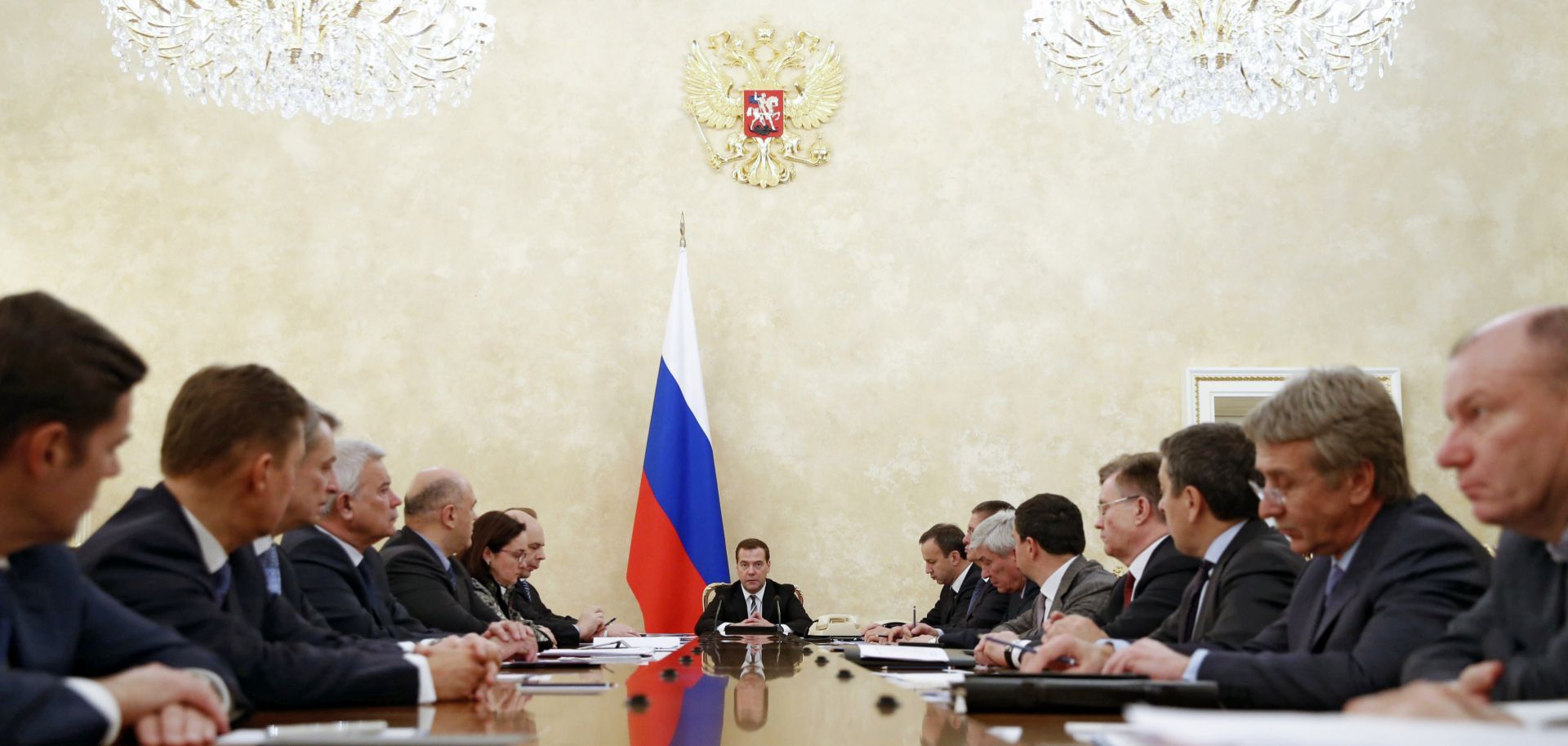ASSESSMENTS
Russia Cleans Up Its Banks on Borrowed Time
Nov 3, 2017 | 20:45 GMT

Over the past 20 years, the Central Bank of Russia has shrunk the country's banking sector by closing, consolidating or nationalizing hundreds of failing banks. But deep problems persist among Russia's financial institutions.
(DMITRY ASTAKHOV/AFP/Getty Images)
Highlights
- As its economy stagnates, Russia's central bank will continue cleaning out the banking sector with bailouts, nationalizations, closures and reforms.
- The state will take over or bail out the largest private banks to prevent a social backlash ahead of the 2018 elections.
- With its finances limited, the state cannot nationalize the entire banking sector; the political, social and economic fallout from some bank closures will add to the Kremlin's troubles.
Subscribe Now
SubscribeAlready have an account?
